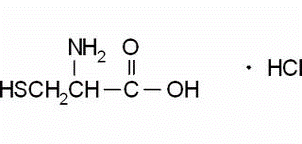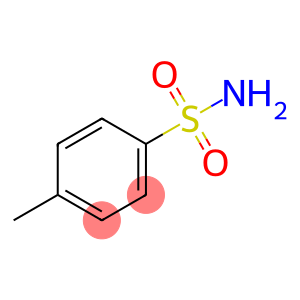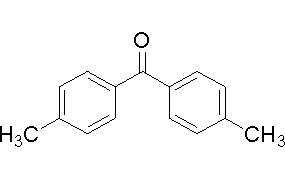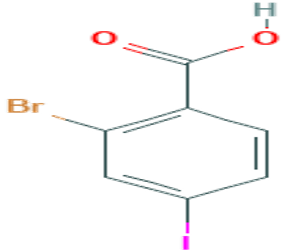L-Cysteine monohydrochloride(CAS# 52-89-1)
| Hazard Symbols | Xi – Irritant |
| Risk Codes | 36/37/38 – Irritating to eyes, respiratory system and skin. |
| Safety Description | S26 – In case of contact with eyes, rinse immediately with plenty of water and seek medical advice. S36 – Wear suitable protective clothing. |
| WGK Germany | 2 |
| RTECS | HA2275000 |
| FLUKA BRAND F CODES | 3-10-23 |
| TSCA | Yes |
| HS Code | 29309013 |
| Toxicity | LD50 intraperitoneal in mouse: 1250mg/kg |
Introduction
Strong acid taste, odorless, only trace sulfite smell. It is an amino acid used by various tissue cells to defend against harmful substances and increase vitality in animals and plants. It is also one of more than 20 amino acids that make up proteins, and it is the only amino acid with active sulfhydryl (-SH).
Write your message here and send it to us







![tert-butyl[(1-methoxyethenyl)oxy]dimethylsilane (CAS# 77086-38-5)](https://www.xinchem.com/uploads/tertbutyl1methoxyethenyloxydimethylsilane.png)
